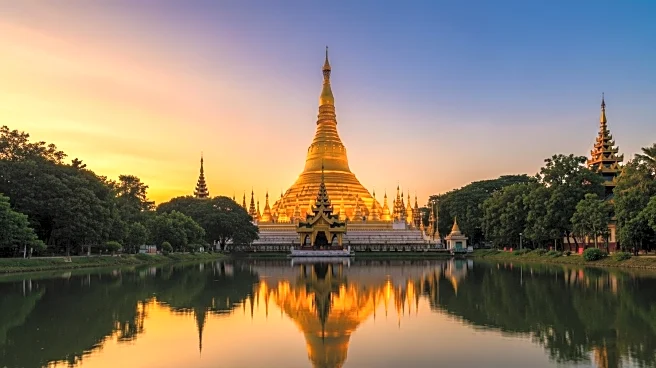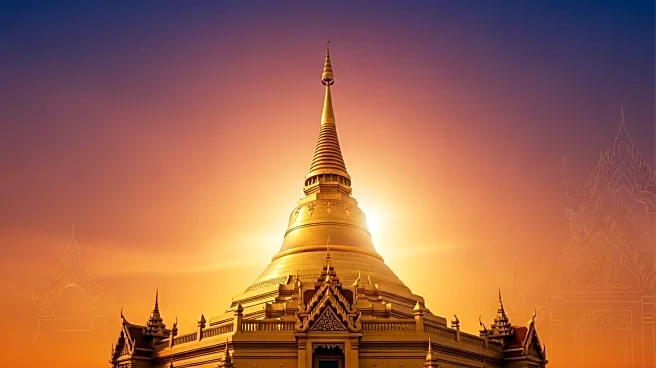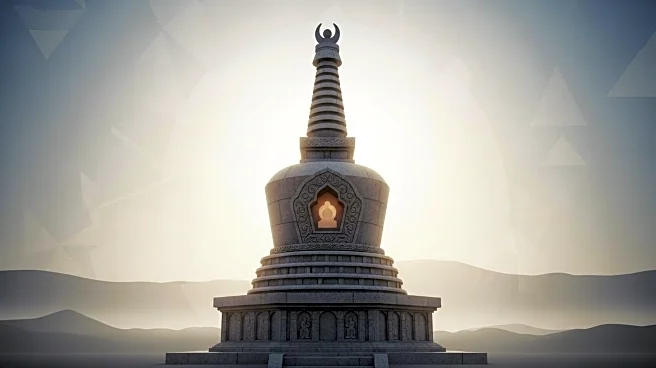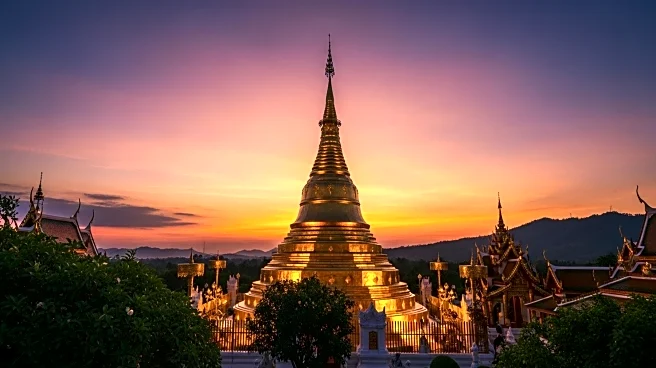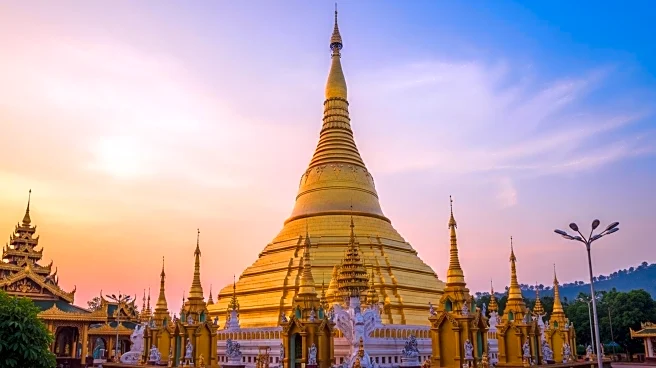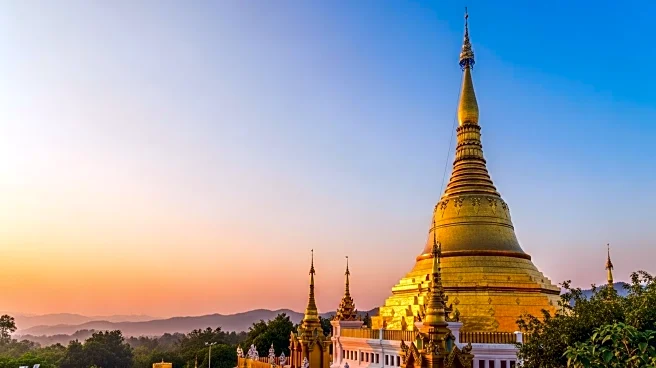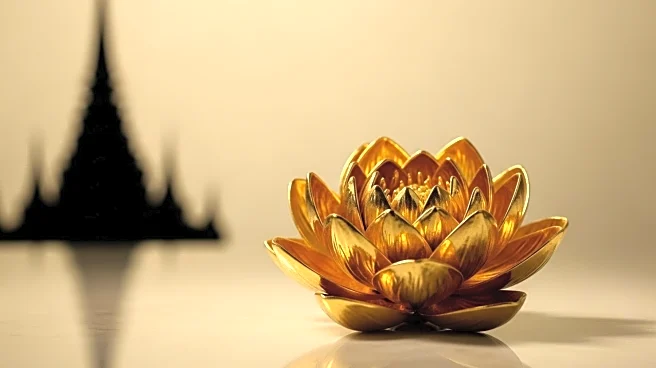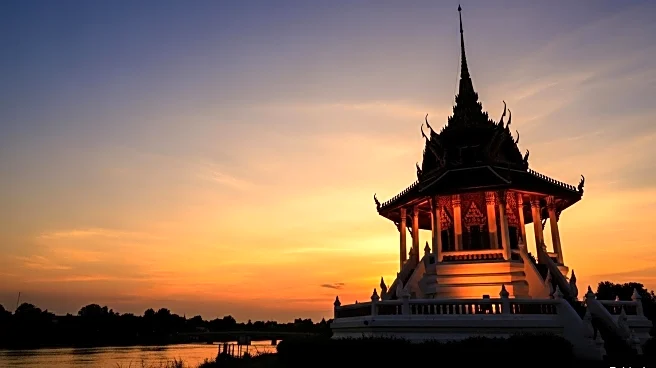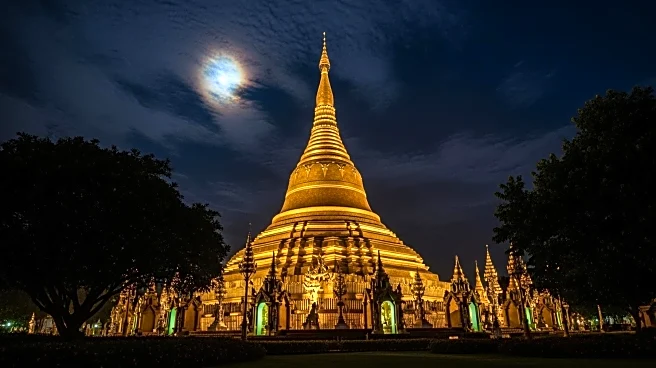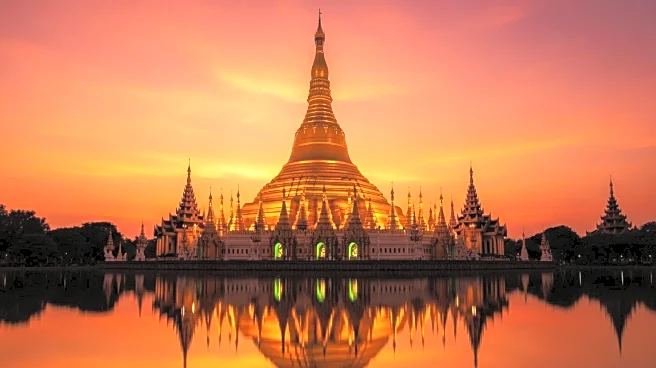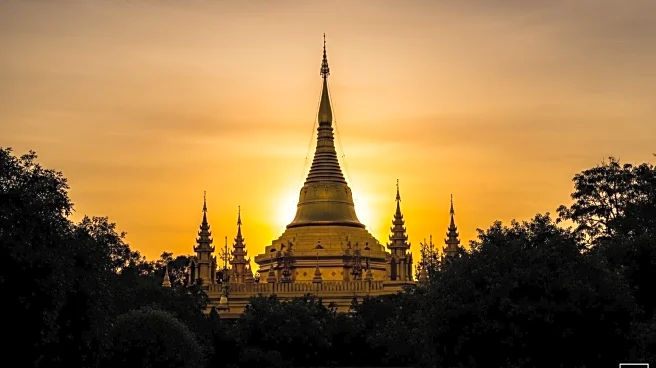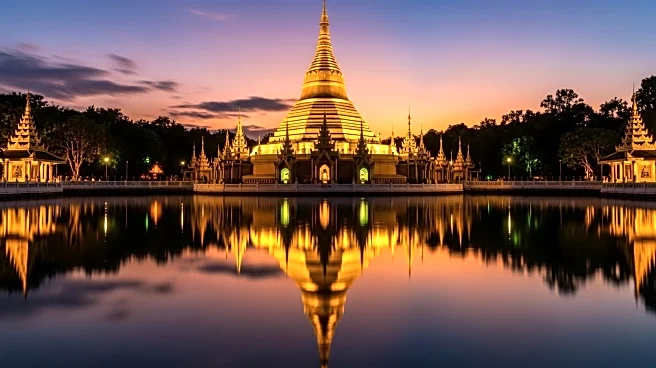What is the story about?
The Shwedagon Pagoda, a sacred Buddhist stupa in Yangon, Myanmar, has a significant geographic and cultural footprint that reflects its spiritual and cultural importance. Known for housing relics of past Buddhas, including strands of hair from Gautama Buddha, the pagoda is a symbol of religious devotion and cultural identity. Its towering presence on Singuttara Hill, reaching 112 meters, makes it the most sacred Buddhist site in Myanmar, drawing pilgrims and tourists alike.
Geographic Reach
The geographic reach of the Shwedagon Pagoda extends beyond its physical location in Yangon, Myanmar. As a major tourist attraction, the pagoda draws visitors from around the world, contributing to the global recognition of Myanmar's cultural and spiritual heritage. Its towering presence on Singuttara Hill serves as a focal point for religious activities and cultural expression.Institutional Presence
The institutional presence of the Shwedagon Pagoda is evident in its role as a spiritual and cultural landmark. The pagoda's significance in housing sacred relics connects the present with the spiritual past, fostering a sense of unity and shared heritage. Its architectural features, including the golden stupa, inspire art, literature, and cultural expressions, shaping the cultural landscape of Myanmar.Economic and Social Footprint
The economic and social footprint of the Shwedagon Pagoda is significant, particularly in the realm of cultural preservation and tourism. The pagoda's status as a major tourist attraction has led to efforts to preserve its architectural and spiritual integrity, impacting policies related to cultural heritage and tourism management. These effects ensure that the pagoda remains a vibrant center for religious activities and cultural expression.Environmental or Community Impact
The environmental and community impact of the Shwedagon Pagoda is evident in its role as a spiritual and cultural landmark. The pagoda's significance in housing sacred relics connects the present with the spiritual past, fostering a sense of unity and shared heritage. Its architectural features, including the golden stupa, inspire art, literature, and cultural expressions, shaping the cultural landscape of Myanmar.AI Generated Content
Do you find this article useful?
